Himalayan Pink Salt
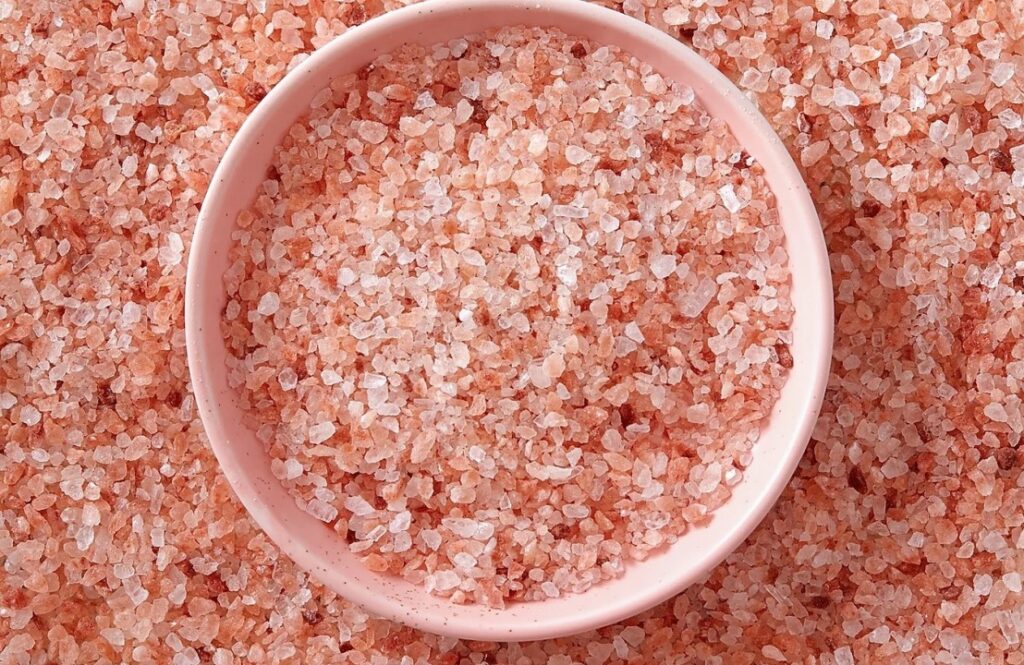
Himalayan pink salt is renowned for its distinct and attractive appearance. Typically found in large crystals or fine granules, it displays a range of colors from light pink to deeper reddish-brown hues. The color variation is due to the trace minerals it contains, giving it a natural and visually appealing look. This unique and vibrant salt is often used in various culinary and decorative applications, making it a popular choice worldwide.
Size:
- The crystals of Himalayan pink salt can vary in size, ranging from large, coarse chunks to fine grains.
- The salt is often irregularly shaped, with some pieces being larger and more jagged, making it suitable for grinders.
- Finely ground salt is commonly used in cooking and seasoning, ensuring easy dissolution and even flavor distribution.
Color:
- Himalayan pink salt exhibits a spectrum of colors, including pale pink, salmon, and deeper reddish-brown tones.
- The color variations are attributed to the presence of minerals such as iron oxide, calcium, and magnesium.
- These minerals not only contribute to its vibrant appearance but also enhance its nutritional value.
Texture:
- The texture can range from coarse and chunky to fine and smooth, depending on the intended use.
- Coarse crystals are often used in salt grinders or as finishing salts, adding a crunchy texture to dishes.
- Fine salt dissolves quickly, making it ideal for cooking, seasoning, and even baking.
Fragrance:
- Himalayan pink salt has a subtle, clean, and mineral-like aroma that is not overpowering.
- The fresh, natural fragrance enhances its appeal when used in cooking or as a finishing touch on dishes.
- This mild scent is often associated with the purity and natural origins of the salt.
Uses:
- Widely used for culinary purposes, including seasoning and cooking, its mineral content offers a unique flavor profile compared to regular table salt.
- Himalayan pink salt is also used in salt lamps and bath products due to its purported health benefits.
- Additionally, it serves as a decorative element in various culinary presentations, such as on salt slabs or as a finishing touch on gourmet dishes.
Habitat:
- Himalayan pink salt is mined from ancient salt deposits found deep within the Himalayan mountains.
- These deposits are millions of years old and are considered some of the purest forms of salt available.
- The salt is typically hand-extracted and minimally processed, preserving its natural composition and mineral content.
Cultural Significance:
- In many cultures, Himalayan pink salt is celebrated for its purity and mineral content, often associated with natural and holistic health practices.
- It is valued not only for its flavor but also for its perceived health benefits and traditional uses.
- The salt is often used in rituals, wellness practices, and as a symbol of purity and vitality.
Spiritual Properties
- Purification: Himalayan pink salt is believed to have cleansing properties. It is often used in spiritual rituals and practices for purification and detoxification.
- Healing: The salt is thought to promote physical and emotional healing. It is used in baths and spa treatments to soothe and rejuvenate the body.
- Energy Cleansing: Salt lamps made from Himalayan pink salt are popular for their purported ability to cleanse and enhance the energy of a space by emitting negative ions.
Medicinal Properties
- Mineral Content: Himalayan pink salt contains a range of essential minerals, including potassium, calcium, and magnesium, which can contribute to overall health and well-being.
- Electrolyte Balance: The minerals in Himalayan pink salt help maintain electrolyte balance in the body, supporting hydration and muscle function.
- Digestive Health: It is believed that the salt may aid in digestion and help alleviate symptoms of indigestion and bloating.
- Respiratory Health: Salt therapy, or halotherapy, using Himalayan pink salt, is sometimes used to alleviate respiratory issues and improve lung function.
- Skin Health: The salt is used in exfoliating scrubs and bath products to promote healthy skin, reduce inflammation, and improve circulation.
Adverse Actions & Side Effects
High Sodium Content:
- Blood Pressure: Excessive consumption of Himalayan pink salt can contribute to high blood pressure and increase the risk of cardiovascular issues.
- Fluid Retention: High sodium intake may cause fluid retention and swelling.
Kidney Health:
- Kidney Strain: High salt intake can strain kidney function, particularly in individuals with pre-existing kidney conditions.
Potential Contaminants:
- Impurities: Although Himalayan pink salt is generally considered pure, there may be concerns about contaminants if not sourced from reputable suppliers.
Side Effects:
Allergic Reactions:
- Skin Irritation: In rare cases, individuals may experience skin irritation or allergic reactions from direct contact with the salt.
Digestive Issues:
- Upset Stomach: Excessive use of salt may lead to digestive discomfort, including nausea and bloating.
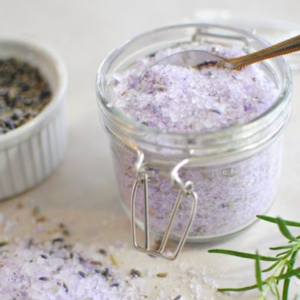
Rosemary & Lavender Healing Bath
Rosemary & Lavender Healing Bath This healing bath is designed to cleanse both the body and spirit. Rosemary and lavender combine to promote relaxation, relieve
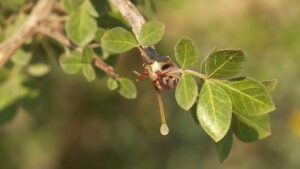
Balm of Gilead
Balm of Gilead Balm of Gilead is derived from the resinous buds of the Populus species, particularly Populus candicans or Populus balsamifera. This aromatic substance
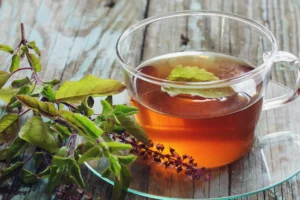
Holy Basil (Tulsi) Protection Tea
Holy Basil (Tulsi) Protection Tea A sacred tea known for its spiritual protection and ability to promote inner strength, clarity, and resilience. Ingredients: Holy Basil
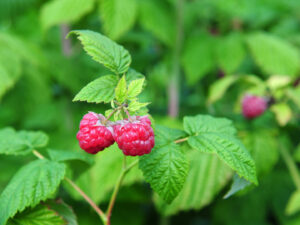
Raspberry Leaf
Raspberry Leaf Raspberry Leaf is a versatile herb that comes from the red raspberry plant. It has been used for centuries in traditional medicine for
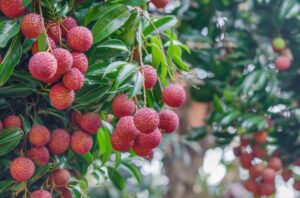
Lychee Berries
Lychee Berries Lychee Berries are tropical fruits known for their sweet flavor and distinctive appearance. They are highly valued in culinary applications and traditional medicine
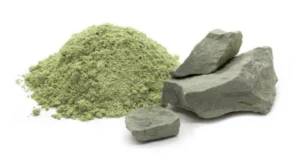
French Green Clay
French Green Clay The overall appearance of hibiscus flowers is bold and exotic, making them a popular choice for gardens, decorations, and floral arrangements. Their